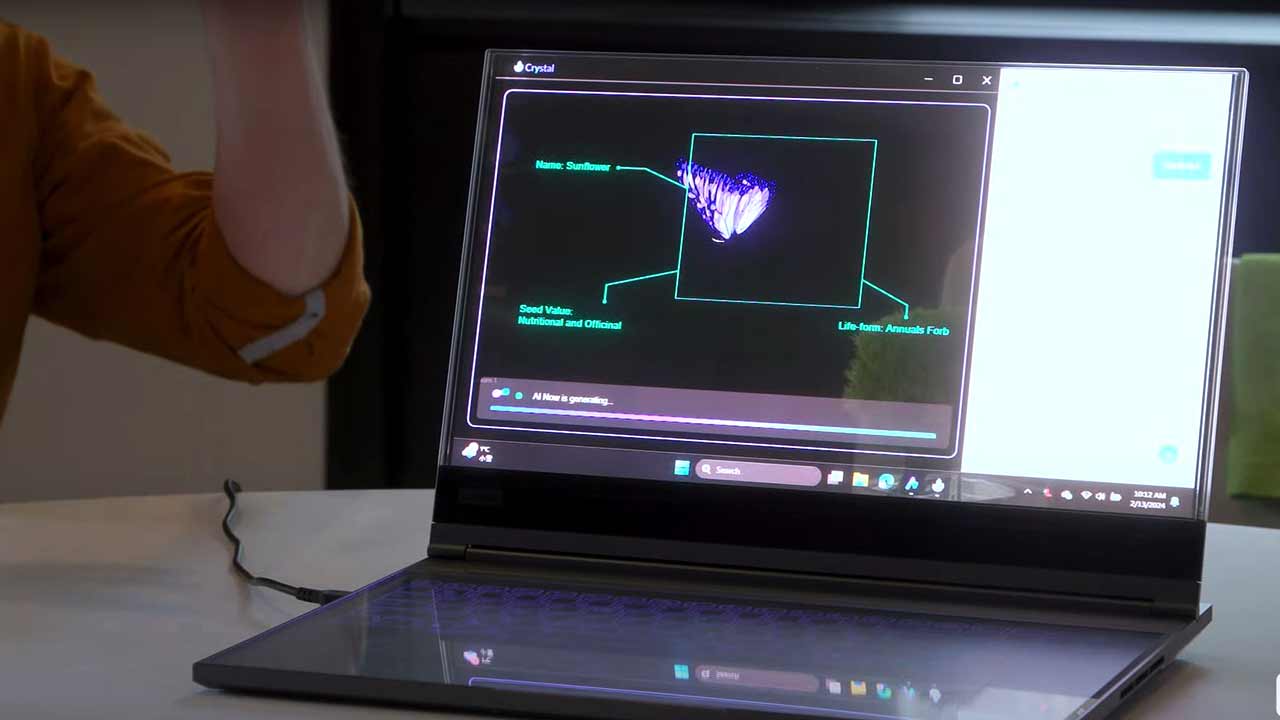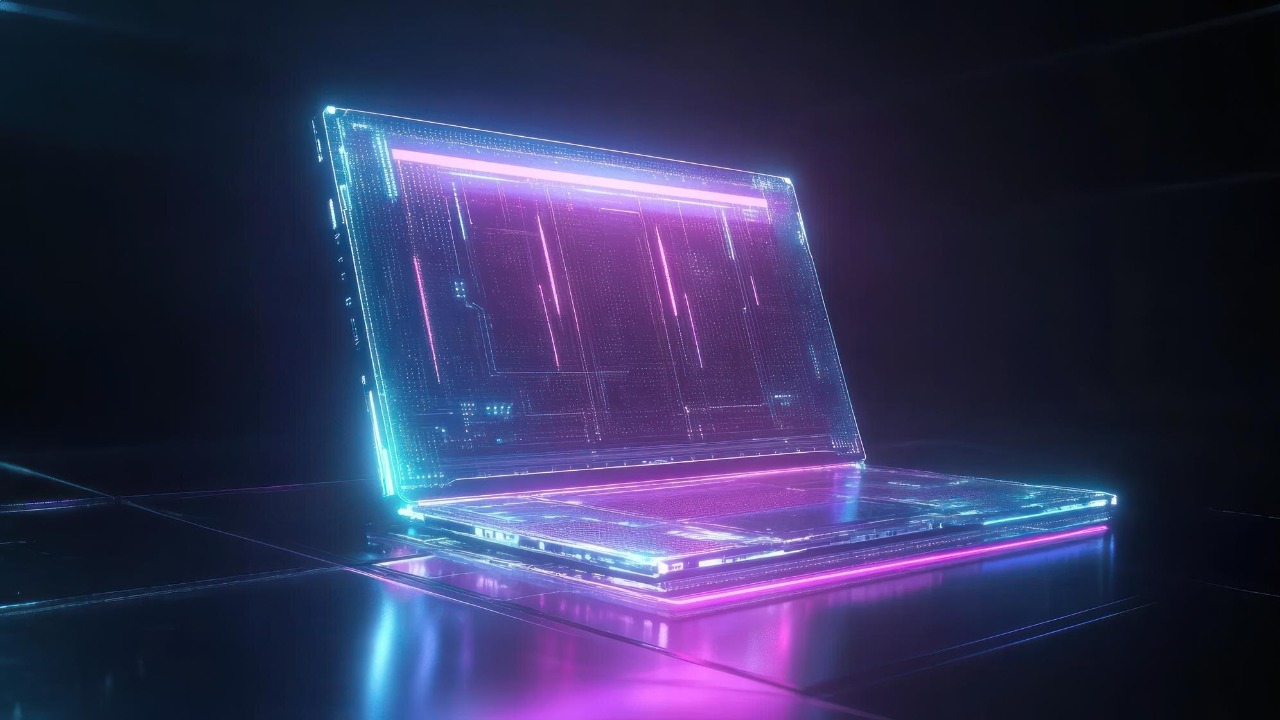
Imagine a world where traditional laptop screens are replaced by holographic displays, creating a unique and immersive user experience. This is not just a science fiction concept anymore as the advent of holographic technology opens up new dimensions in computer interaction.
The Advent of Holographic Display Technology

Emerging in the mid-20th century, holographic display technology has come a long way. It began with simple holograms and has progressed to complex three-dimensional imagery, thanks to advancements in laser technology and digital processing. These developments have enabled holography to be integrated into modern technology, from security features on credit cards to advanced medical imaging.
The application of holography in display technology has been a game changer. Traditional 2D displays are limited in the sense that they can only present images and visuals from a fixed viewpoint. On the other hand, holographic displays present a three-dimensional view of an image, changing the way we interact with digital media.
Understanding the Futuristic Laptop

The next big leap in this field is the integration of holographic displays into laptops. This transition from traditional screens to holographic displays is a significant step in revolutionizing the user experience. The laptop with a holographic display offers a three-dimensional view of the interface that can be manipulated with gestures, providing a whole new level of interactivity.
One of the pioneers in this field is Lenovo’s Project Crystal. According to a discussion on Reddit, it is the world’s first laptop with a holographic display. The display projects a three-dimensional interface that the user can control with hand movements, significantly enhancing the interaction between the user and the machine.
Benefits and Limitations of Holographic Displays

There are numerous advantages to using a holographic display in a laptop. One of the primary benefits is the improved user interaction. A three-dimensional interface provides a more immersive experience, allowing users to interact with digital content in a more intuitive and natural way.
However, like any new technology, holographic displays come with their share of challenges. One potential issue is eye strain. Users may find it difficult to focus on the holographic images for extended periods. Visibility under certain conditions, such as bright sunlight, could also pose a challenge. These limitations need to be addressed as this technology continues to evolve.
Future Possibilities and Implications

The applications of holographic display technology extend beyond laptops. In the future, this technology could revolutionize industries such as gaming, education, and the workplace. For instance, holograms could replace physical objects in a gaming environment, creating a more immersive gaming experience. In education, holographic displays could allow students to interact with three-dimensional models, enhancing their understanding of complex subjects.
According to a report on Live Science, holographic technology could also change the way we work. It could replace physical monitors and keyboards, allowing professionals to work in a more flexible and efficient manner.
Public Reactions to the Holographic Display Laptop

The introduction of a laptop with a holographic display has generated a lot of excitement among tech enthusiasts. The concept of interacting with a three-dimensional interface has sparked interest and curiosity. A video on TikTok showcasing the technology has garnered millions of views, reflecting the public’s fascination with the concept.
However, the technology also raises questions about its impact on market trends and consumer behavior. As with any disruptive technology, its widespread adoption will depend on factors such as cost, usability, and the resolution of potential issues such as eye strain. Nevertheless, the introduction of the holographic display laptop is a significant milestone in the evolution of display technology.